Analysis of the design features of a certain type of engine thread fastener
A certain type of aircraft has a special position in the third-generation fighters in active service. Western countries are stunned by it, thinking that it is superior to the US main fighter F-15, and the light fighters F-16, Mirage 2000, etc. are difficult to Competing.
The aircraft is equipped with two turbofan engines (hereinafter referred to as A-type engines). This high-performance engine has a double-cylinder, two-shaft, mixed-flow afterburner and a fully-state fully adjustable retractable supersonic nozzle with a push ratio of 8 steps. It is relying on these two engines with powerful thrust that the aircraft has achieved a thrust-to-weight ratio of 1.13, which has good flight performance.
The aero engine is a complex machine with a large number of parts. From the part number alone, there are more than 1,300 WP5s, WP6s to 2521, WP15s to 13,802, and A-type engines. Among the many parts that have multiplied, the number of small parts (including standard parts, consumables, and replacement parts) is the largest, accounting for about 70% or more of the total number of engine parts. For example, the A-type engine has only 890 parts and parts, and the number is up to several thousand. Because of the large number, the design of a small part of an engine is important for improving the life of the engine, reducing the cost, reducing the weight, and shortening the development time of the whole machine. At the same time, it represents to a large extent the design level of the engine. The standard parts, wearing parts and necessary parts of the ground civil products have not changed for many years. However, the aero-engines are changing with each passing day, and a large number of small parts have to be replaced. This on the other hand shows that it is extremely valuable to analyze and research advanced aero engines, especially small parts of advanced aero engines.
The design level of threaded fasteners is mainly reflected in structural strength, material selection and processing technology. Here, only the A-type engine threaded fasteners are analyzed.
2 threaded fastener structure design features 2.1 thread form 2.1.1 thread form selection A type of engine wearing parts and must-have parts of the thread form mainly have MR thread and ordinary thread. In determining the threaded fastener thread form, the Type A engine threaded fasteners follow the following series: on parts made of materials (titanium alloy) with tensile strength ab > 1373 MPa and high sensitivity to stress concentration. MR thread; for parts made of other materials, ordinary threads are used; parts made of material of 1373 MPa are usually made of ordinary threads; MR threads are allowed on parts made of all materials without limiting tensile strength.
The main difference between MR thread and ordinary thread (see) is that the flat height of the former internal thread diameter is increased from +H (H is the original triangle height) to H, and the maximum arc radius of the external thread bottom is 0.18042P (P is the pitch). The maximum arc radius RnMX of the common threaded external thread is 0.14438P, which reduces the stress concentration at the root of the thread and greatly improves the joint strength and fatigue strength of the thread. Therefore, the use of MR threads is beneficial for improving the fatigue strength of threaded fasteners and materials that are sensitive to stress concentrations.
2.1.2 Interference fit and metric thread When the joint is inconvenient to be machined into a through hole connected by a threaded fastener, the interference fit and the metric threaded stud connection are used to change the basic deviation and tolerance of the normal thread diameter. Grade, the interference of the middle diameter of the thread pair is obtained, so that it can withstand large alternating loads and vibrations.
2.2 Nut design features Slotted self-locking nut, the locking section is slotted in the axial direction, and the locking function is created by the inward closing. It is a better threaded connection anti-loose method. It replaces two or three parts of the original common nut plus the locking piece (or cotter pin) with one part and can be used multiple times. The threaded fastener is not only easy to assemble, but also has low cost of use, long-lasting locking torque, stable and reliable performance, and reduced weight, and has an irreplaceable unique effect.
2.3 Bolt design features 2.3.1 Bolt polished rod part adopts f7 level clearance to match the high-temperature part bolt polished rod part often adopts f7 level matching to increase the matching clearance. E.g 2.3.2 Bolts with 3e4d tolerances In high temperature environments, in order to prevent the bonding between threads, in addition to the measures of copper plating, silver plating, etc., the external thread usually also uses the gap tolerance band 3e4d (ie the medium diameter tolerance band is 3e) The outer diameter tolerance band is 4d, the precision requirement is high, the processing is difficult, and it is rarely used for domestic fasteners) to overcome the screw bonding caused by the thermal expansion caused by the high temperature. In addition, the bolts with 3e4d tolerance are mostly MR threads, which not only improves the fatigue resistance of the bolts, but also prevents stress concentration, thus enhancing the comprehensive performance of the bolts. 2.3.3 Bolt head adopts double-sided head and twelve-head shape bolt head with double-sided head and twelve-point head shape, which can effectively reduce the width of the mounting side, which is convenient for installation and light weight. 2.4 Bolt and nut fit design features In the design of the A-type engine threaded fasteners, in addition to the same form of internal and external thread fit, the problem of mixing MR threads with ordinary threads (partial parts) is also encountered. Prior to this, this kind of matching juice was not adopted in China. To this end, a large number of threaded fasteners were measured, and after consultation and argumentation, the final design idea was obtained: an ordinary threaded nut with a tolerance band of 5H6H was matched with an MR threaded bolt with a tolerance band of 6e (P>0.5 mm). 3 material selection and surface treatment 3.1 material selection A type engine thread fasteners generally use titanium alloy, high temperature alloy, structural steel, stainless steel, magnesium alloy and copper alloy and other materials, which are widely used titanium alloy and high temperature alloy, both Used for medium and low temperature (<4001C) and high temperature (>600t conditions respectively. Due to the reasonable material selection, the weight of threaded fasteners can be reduced, thereby reducing the weight of small parts of the whole machine to meet the weight requirements of the overall design of the engine and improve The push-to-weight ratio of the engine. Compared with the previous models, most of the medium and low temperature operating temperatures are stainless steel or structural steel. 3.2 Surface treatment characteristics Compared with the bolts used in the A-type engine, there are many advantages. See Table 1. It can be seen from Table 1 that cadmium plating is easy to produce cadmium brittle, unsafe and gradually eliminated. With galvanizing, the operating temperature is increased from 2301C to 2501C, but it is still not ideal. It is made of copper and is used well on the WP15 engine. The A-type engine is the third-generation high-performance turbofan engine. Its main threaded fasteners are silver-plated. The indicators are good in all aspects and the overall performance is excellent. Therefore, from the surface coating, the A-type engine does represent a new level. 4 Analysis of main process methods 4.1 Twisting and processing of bolt heads, control metal flow lines, so that the crystal structure of the bolts will produce flow lines along the shape of the bolts (see), so that the bolt heads have good surface roughness and hardness. The strength, the toughness and the toughness of the fastener are ensured, thereby improving the performance of the fastener. 4.2 Cold rolling processing of the bolt head of the cold rolling bolt head to the screw transfer arc (see) can reduce and eliminate the stress concentration phenomenon at the adapter and improve the performance of the fastener. Cold rolling bolt head under fillet 4.3 Heat treatment after rolling processing thread Table 1 Comparison of several engine bolt surface treatment Base material surface treatment Hardness Surface treatment characteristics WP638CrA Tire copper 58tmd = 3.63.3 Good plasticity, soft and elastic, and lubricated Sex, pot plating use temperature does not exceed 230C, otherwise cadmium brittle, especially in contact with titanium alloy, more prone to cadmium brittle WP1338CrA galvanized 5~8fxmd = 3.63.3 elastic pressure and wear resistance is worse than cadmium plating, zinc The coating temperature is not more than 2501C, otherwise it will produce brittle WP15lCrl8Ni9Ti copper plating 35imd= 3.63.3 Copper plating is fine, easy to polish, has good bonding with other metals, has lubricating effect, can prevent carburizing, nitriding, decarburization And cyanide, A-type engine with good conductivity and thermal conductivity! CrllNi2W2MoV silver plating 3~5umd=3.73.2 has very good conductivity, thermal conductivity, oxidation resistance and good solderability. The silver coating is soft, can withstand bending and impact, and has excellent anti-wear effect. Heat-resistant stainless steel threaded parts (especially threaded parts) prevent sintering from sticking when working at room temperature, and also enhance corrosion and scratch resistance. Note: The above coatings only represent the main coating used by each type of machine. . (Continued on page 12) The purpose of material heat treatment is to eliminate cold work hardening. 4 Results analysis According to Table 1, the radial deformation of the blades and discs under centrifugal load and temperature load is caused by the three working conditions. The tightness reduction amount Ab and the tightness increase amount 引起 caused by the crown expansion under the temperature load substantially cancel each other out. The tightness of the working face of the crown is mainly determined by the tightness of the assembly and the torsional deformation of the blade caused by centrifugal and aerodynamic loads. The best choice for 5 crown contact surface tightness is to operate under multiple operating conditions. Its temperature load, aerodynamic load and centrifugal load vary with flight altitude and flight Mach number and rotor speed. This makes the computational analysis very complicated. In order to achieve the best choice of the tightness of the contact surface of the canopy, on the one hand, from the consideration of reducing the maximum vibration stress of the blade, it is ensured that the contact surface is always carried in the case of slow train, cruise, intermediate and maximum state stability, even in the transient state. There is tightness; on the other hand, considering the fatigue life of the contact surface of the canopy, the compressive stress of the contact surface cannot be higher than a certain limit value. In short, a large amount of computational analysis work and comprehensive considerations are needed to achieve the best choice of the tightness of the serrated contact surface. Conclusion Using the finite element method, the optimal selection of the serrated contact angle of the two turbine rotor blades with the aspect ratio of 3.39 and 4.42 is optimally selected. The practice of hundreds of hours of ground operation shows that the selection basically meets the vibration and fatigue life design. Claim. The method can also be applied to the best choice of the contact surface of the fan with the vibration-damping boss and the boss of the compressor blade.
|
Name |
Tensioner Automotive Belt Tensioner Kit auto bearing VKM14224 |
|
Brand |
XRT |
|
Quality standard |
ISO9001:2000 standard |
|
Sample |
Avaliable |
|
Delivery date |
Normally ready goods and stock |
|
Shipping |
DHL, TNT, Fedex, UPS, Ems or by sea |
|
Payment terms |
A: 100% L/C at sight B: 100% T/T C: Western Union D: Paypal |
|
Application |
Automotive, rolling mill, mining, metallurgical, skateboard etc. |
|
Package |
a. According to customer's requirements. b. Original bearing and good quality packaging. c. Laser mark on the bearing. d. Bearing wrapped by vacuum packaging. e. The outer is color polybag + box + carton, industrial standard packaging. |
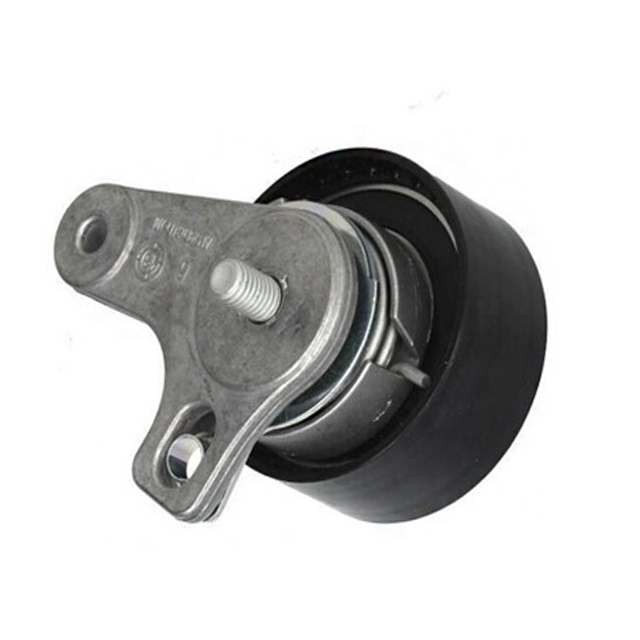
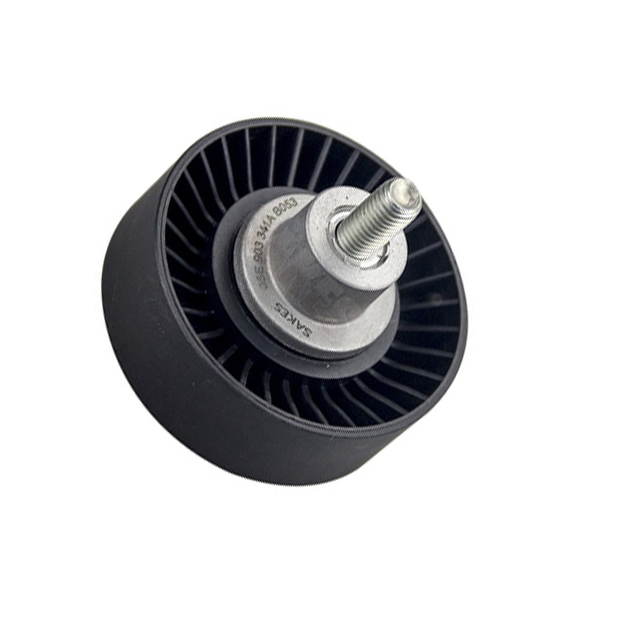
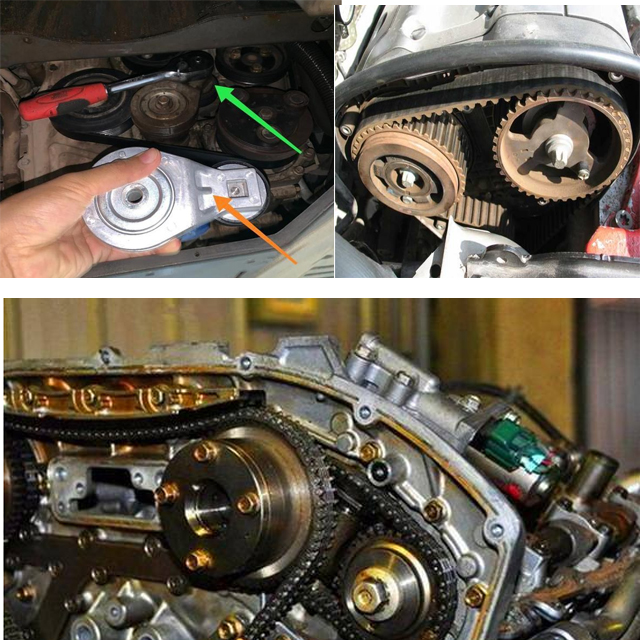
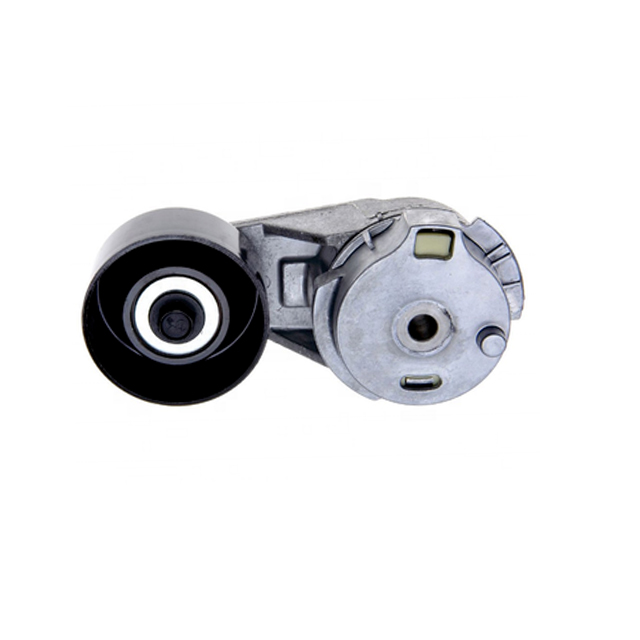
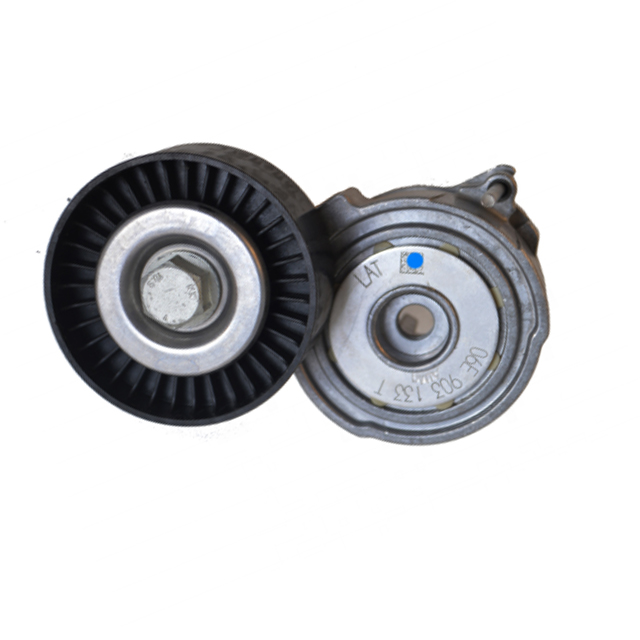
Tensioner Kit Auto Bearing,Car Bearing Tension Bearing,Car Tensioner Bearing,Auto Car Belt Tensioner Bearing
Shijiazhuang Longshu Mechanical & Electrical Equipment Trading Co., Ltd. , https://www.longsbearings.com